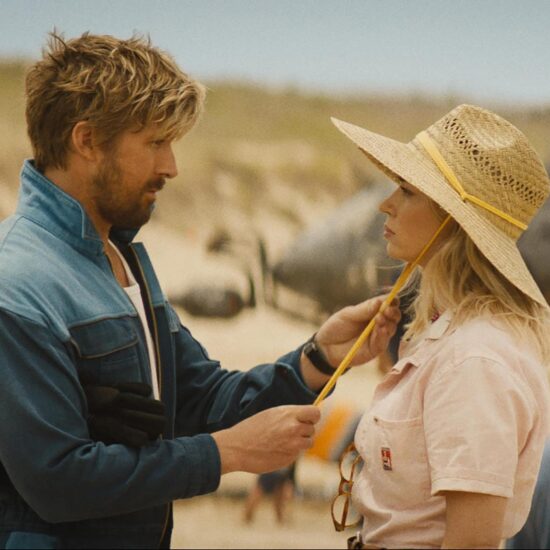
The film industry doesn’t stop. It’s an ever-moving, living thing that rarely takes the time to “breathe” and think about some of the potential risks that could cause serious problems on the average movie set. However, the fatal accident that occurred on the set of “Rust” — with Alec Baldwin accidentally shooting several crew members — brought to light that most film sets are a lot less safe than most people would like to think. It’s ironic to think that film sets take so much into consideration when it comes to the details that make a movie look great, but often lack health and safety standards.
Let’s take a closer look at some of the oversights in health and safety that have become the standard for film sets. We’ll also dig into how the average set can improve upon its own standards. Things like self-care, mental health recognition, and better working conditions won’t just make healthier, safer sets for all, but they can lead to improved cohesion amongst the crew, and a more efficient, productive experience for all.
Safety Risks on Film Sets
Everyone on a film set wants to stay safe, from the actors to those behind the scenes. Unfortunately, these productions often “get away with” lackluster health and safety standards because there’s no specific OSHA regime for film and television shoots. That doesn’t mean there aren’t industry requirements. But, different sets have different regulations based on who is in charge, what the contracts say, and whether the shoot is being done by union members. With that in mind, OSHA recommends that film sets have a safety plan in place — but they don’t require it.
While most film studios also recommend (and often require) some level of health and safety standards, there are still safety risks on set that should be avoided more frequently. Some of the most common include:
- Tripping hazards;
- Injuries from special effects;
- Vehicle crashes;
- Electrocution hazards;
- Falling equipment;
- Malfunctioning props.
While accidents happen and not everything is 100% preventable, it’s clear that some film sets still aren’t doing their part to keep these risks at a minimum.
How To Protect Your Crew
If you’re running or working on a film set, your top priority should be better working conditions for everyone. Planning ahead of time is the best way to ensure everyone is well-educated and trained on how to keep themselves and others safe. Have protocols in place, and make sure they are being followed at all times.
Hold safety meetings with your crew and the actors before you begin shooting, or every time you go to a new/different set. While it might seem redundant, keeping those protocols in people’s minds will help to ensure they are remembered and implemented.
While you’re on set, keep things clean. As stated above, some of the biggest risks on a film set involve things like falling equipment and tripping hazards. If you have a cluttered set, accidents are more likely to happen. It’s worth it to hire someone to make sure everything is as “decluttered” as possible on set, as well as someone who can clean up after each scene is over.
Some production houses have their own waste management systems on-site for any debris that might be left over after a shoot. If that’s not the case where you’re shooting, consider renting a dumpster or working with a waste management company to clear out debris and leftover props that might otherwise get in the way or become hazardous.
Prioritizing Mental Health
In addition to making preparations that can protect the physical well-being of your crew, it’s also essential to consider their mental health.
Making a movie is often far from glamorous. The days are long, the hours are unpredictable, and the job can be very demanding on both the actors and the crew. Taking care of your team’s mental health will not only improve productivity and efficiency, but it can also help to reduce things like:
- Fatigue;
- Lack of focus;
- Burn out;
- Accidents caused by distraction or stress.
When you take the time to talk about safety on the set, make sure you’re also talking about mental health. Creating a work environment that opens up about mental health and gets rid of the stigma behind it will make everyone feel safer and more respected. While you might be facing tight deadlines and demands, there is always time for a worker to take a break, practice self-care, and foster a healthy work-life balance.
You can also educate your crew on who they should contact if they’re feeling overwhelmed, anxious, or depressed while on the job. There are multiple resources available for people in the film industry who are struggling with their well-being. Encouraging the people on your team to take advantage of those resources, if needed, will improve the culture on set.
Conclusion
The average moviegoer doesn’t often see what goes into making a film, and how taxing and dangerous it can really be. If you’re in the industry, however, it’s essential to do your part to improve the requirements of health and safety standards, and to take care of every member of your crew until the moment your shoot is wrapped.
Amanda Winstead is a writer from the Portland area with a background in communications and a passion for telling stories. Along with writing she enjoys traveling, reading, working out, and going to concerts. If you want to follow her writing journey, or even just say hi you can find her on Twitter.














